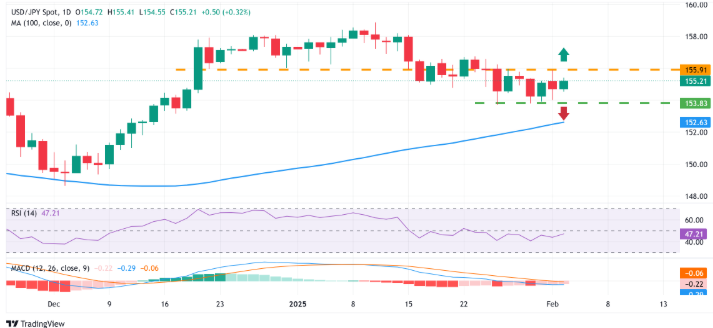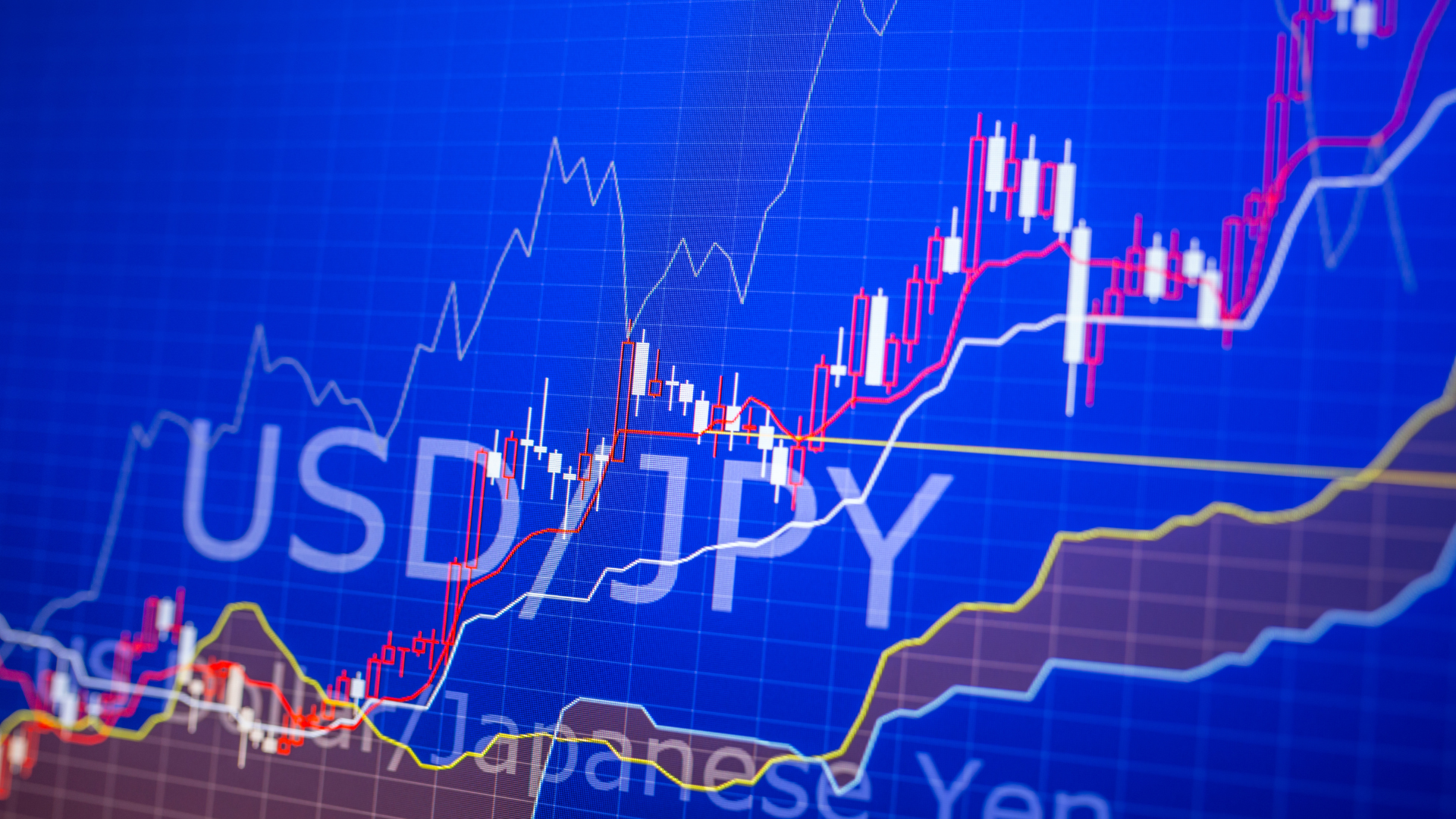The Japanese yen continues to struggle against the U.S. dollar, weighed down by the contrast between Japan’s easy monetary policy and the Federal Reserve’s tighter stance. Despite its weakness, the yen’s potential for further losses appears limited as global economic concerns and safe-haven demand come into play.
The Bank of Japan’s commitment to low interest rates has kept pressure on the yen, especially with U.S. rates remaining high. This gap in yields makes the dollar more attractive, reducing demand for the yen in currency markets.

However, fears of a global economic slowdown could support the yen. When markets face uncertainty, investors often turn to the yen as a safe-haven currency, helping it hold its ground even when Japan’s interest rates are low. Recent signs of weaker growth in major economies could renew this demand.
Geopolitical tensions and stock market volatility may also give the yen a boost. If investors grow more cautious, they may shift towards lower-risk assets, putting a floor under the yen’s value and preventing steep declines.
There’s also a chance that changes in Japan’s monetary policy could shake up the currency’s outlook. If the Bank of Japan signals any shift towards higher interest rates, the yen could see a quick recovery.
For now, the yen’s direction will depend on how the U.S. economy performs and what signals come from the Federal Reserve. While the yen faces challenges, a combination of global risks and possible policy changes should keep its losses in check.













